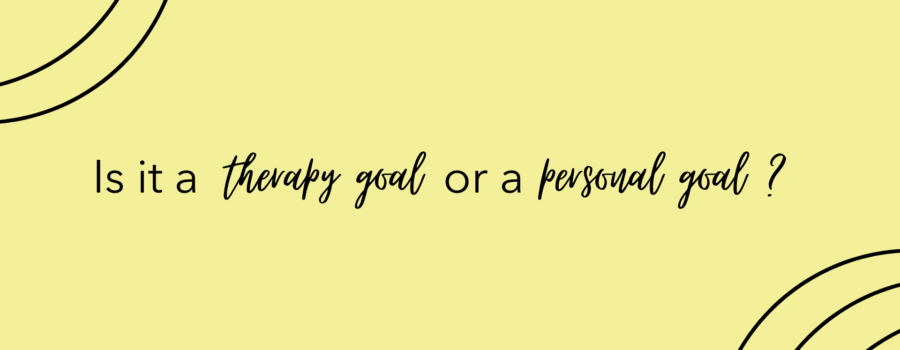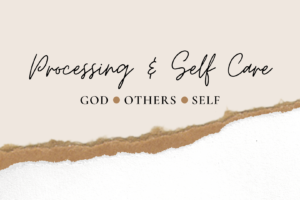At the beginning of each year, millions of people all over the world set some goals for the new year. They want to lose weight, eat healthier, save money, pay off debts, spend more time with their family, or grow closer to God. After a few months, they might revisit and change these goals to fit their new progress or lack thereof. If you’ve ever been to therapy, or are considering it for yourself, there are also goals for the process. Goals about overcoming certain obstacles, reprocessing trauma and grief, or learning how to be more mentally, emotionally, and relationally healthy.
When I create therapy goals with my clients, people often begin with stating things like, “I want to get closer to God,” or “I want to be wise with my money to save.” While these are excellent aspirations, they aren’t something that can be the main focus of therapy. Those are personal goals. People may want to get more involved with their local church or community organization. They might want to volunteer at their kids’ school. They might want to work towards a promotion or sell a certain amount of goods. They might want to save money or get in shape or spend less time on screens. Maybe they want to read their bible more often or pray. These are all personal goals. There are people who can help a person achieve personal goals (like friends, family, church leaders, and professionals in certain fields like finance, physical health, nutrition, or business). Many coaches will specialize in areas like this to help clients reach their goals in certain areas.
Therapy goals are different, though. The above examples can be addressed in therapy (and often get better as a client moves through therapy), but they aren’t therapy goals. Therapy goals are centered in mental, emotional, and relational health. For example, I’ll ask clients about exercise and diet and sleep because those things directly affect one’s mental and emotional health. I want to help them focus on holistic health, but I can’t help them lose weight or create nutrition plans catered to them. Some examples of therapy goals are as follows: a) identify patterns of behavior (past and present) that impact presenting issues, b) notice barriers that have contributed to those patterns and any barriers to moving forward, c) reprocess any unresolved trauma, grief, or difficult experiences, d) and learn how to overcome or better manage mental, emotional, and relational distress in the present and in the future.
Both personal goals and therapy goals can be SMART (Specific, Measurable, Achievable, Relevant, Time Bound).
Specific: What do I want to accomplish?
Measurable: How will I know when it is accomplished?
Achievable: How can the goal be accomplished?
Relevant: Does this seem worthwhile?
Time Bound: When can I accomplish this goal?
And sometimes achieving personal goals can help clients achieve therapy goals, but the focus is on different things. On the other side, if a client is finding it very difficult to achieve personal goals, therapy goals can help a client identify barriers to their progress, like narratives and thought patterns, learned behaviors, family history, or potentially unprocessed hardship or trauma that could be standing in the way.
Therapy goals and personal goals can complement one another but aren’t the same, so if you come into therapy with personal goals, your therapist will usually gently help you consider goals for the therapy process that would focus more on your mental, emotional, and relational health and encourage you to lean on other supports as possible to help you achieve your personal goals.






Recent Comments